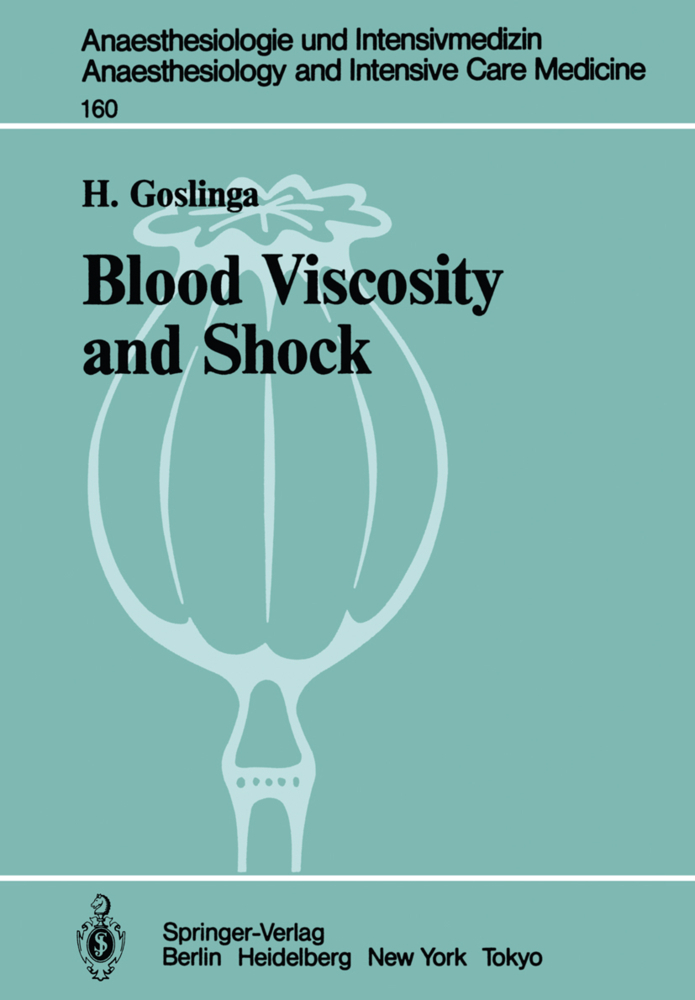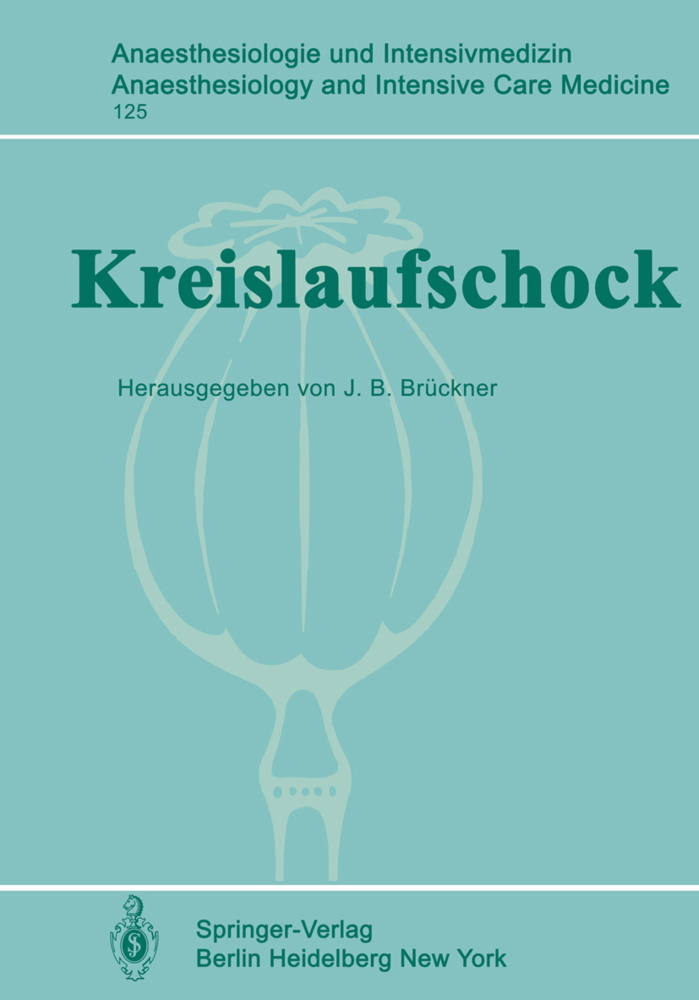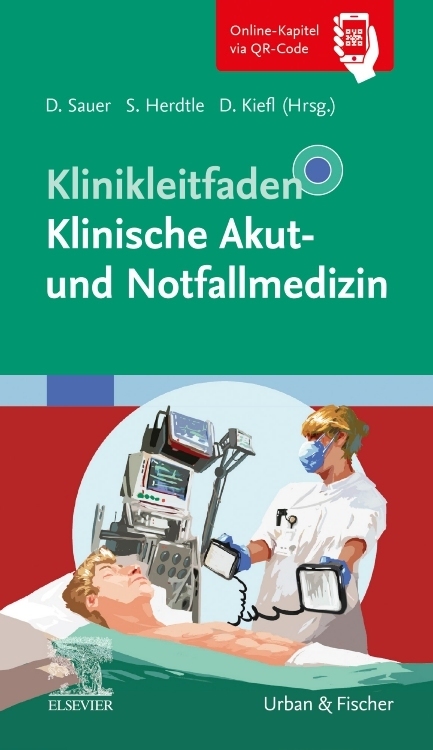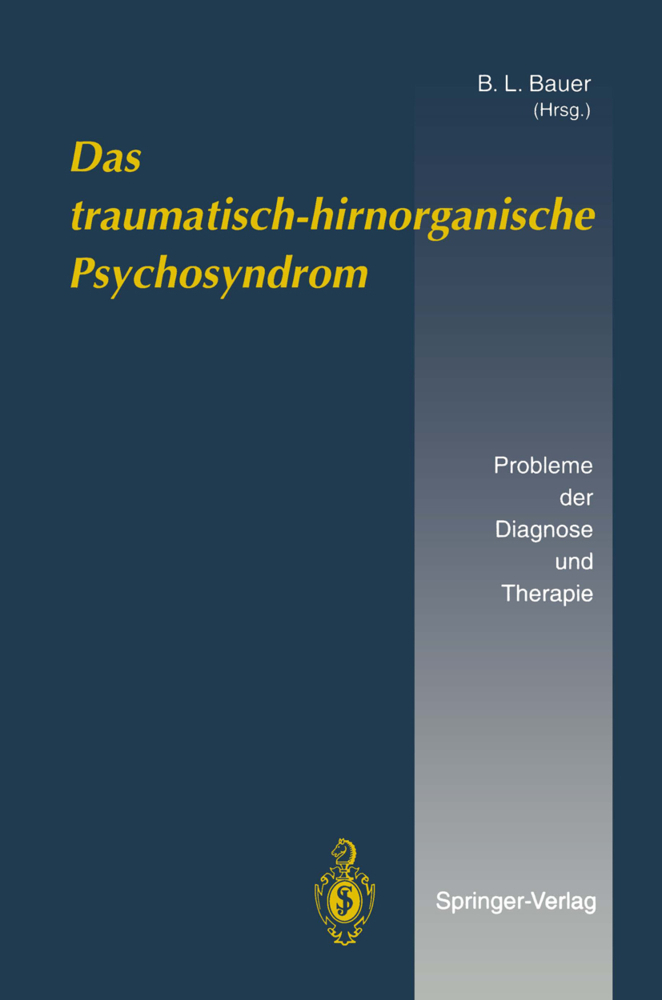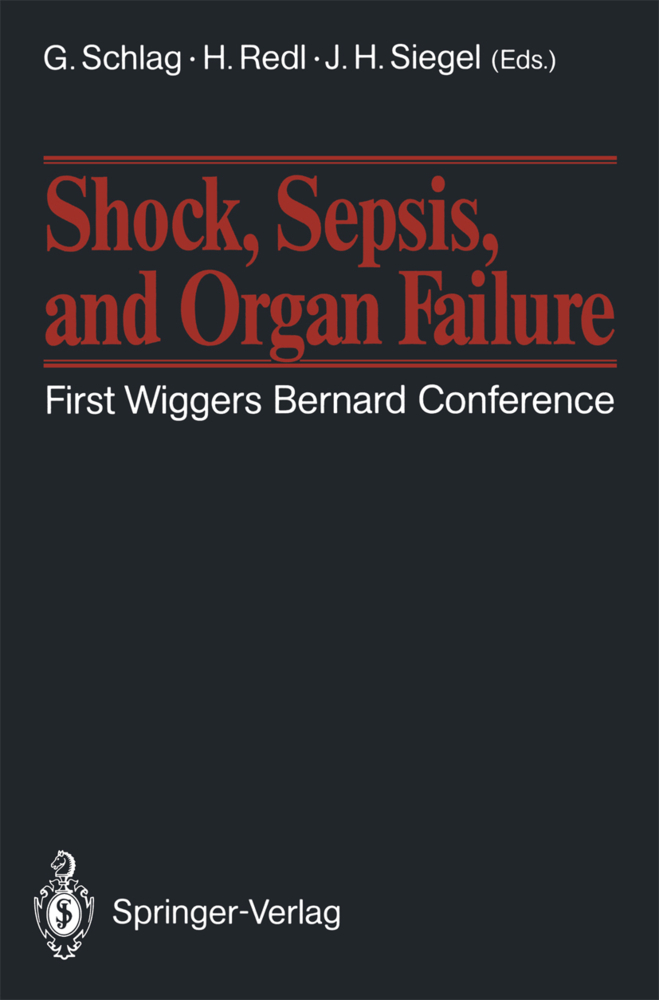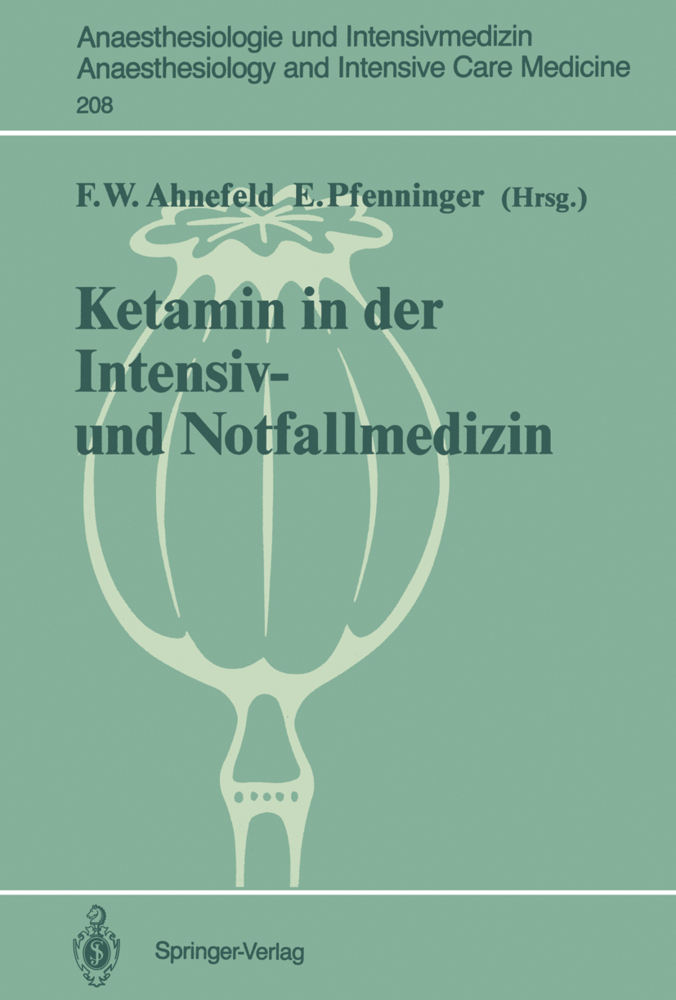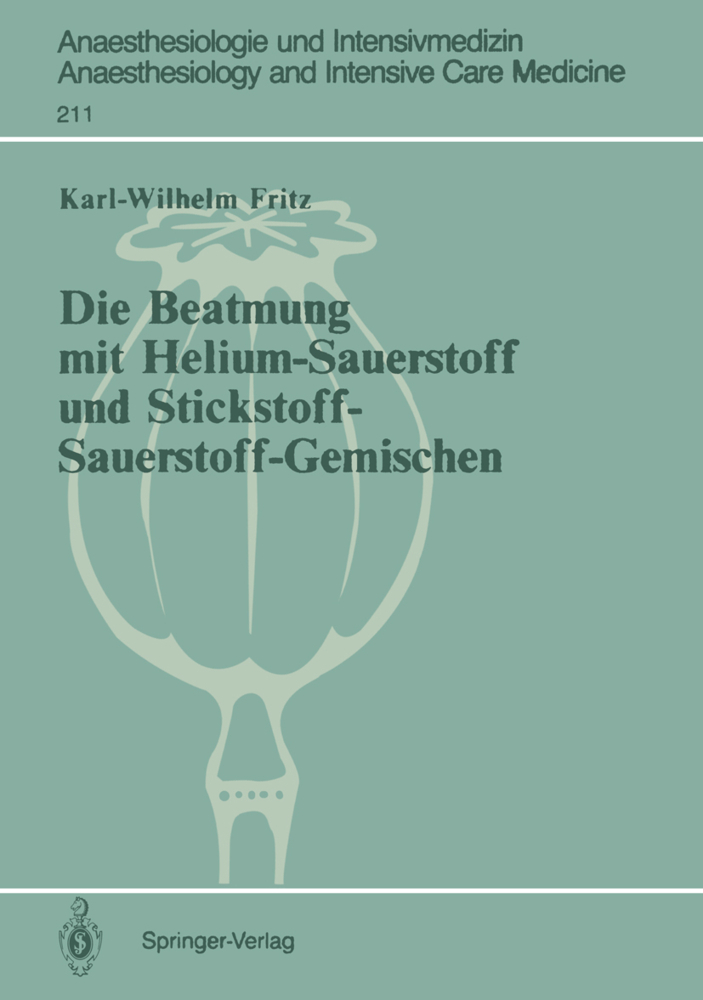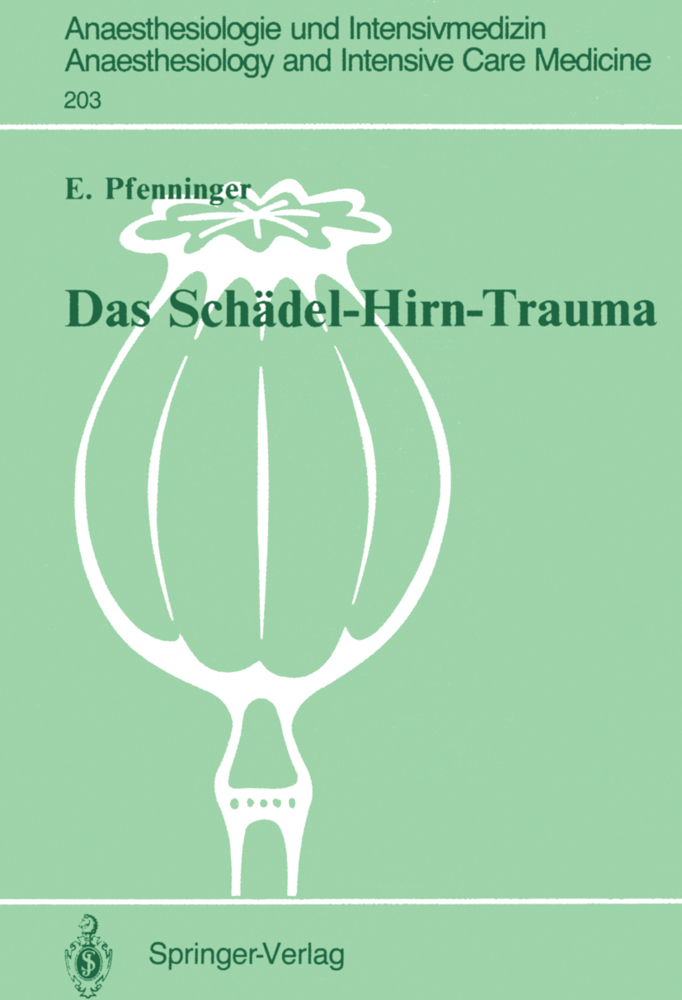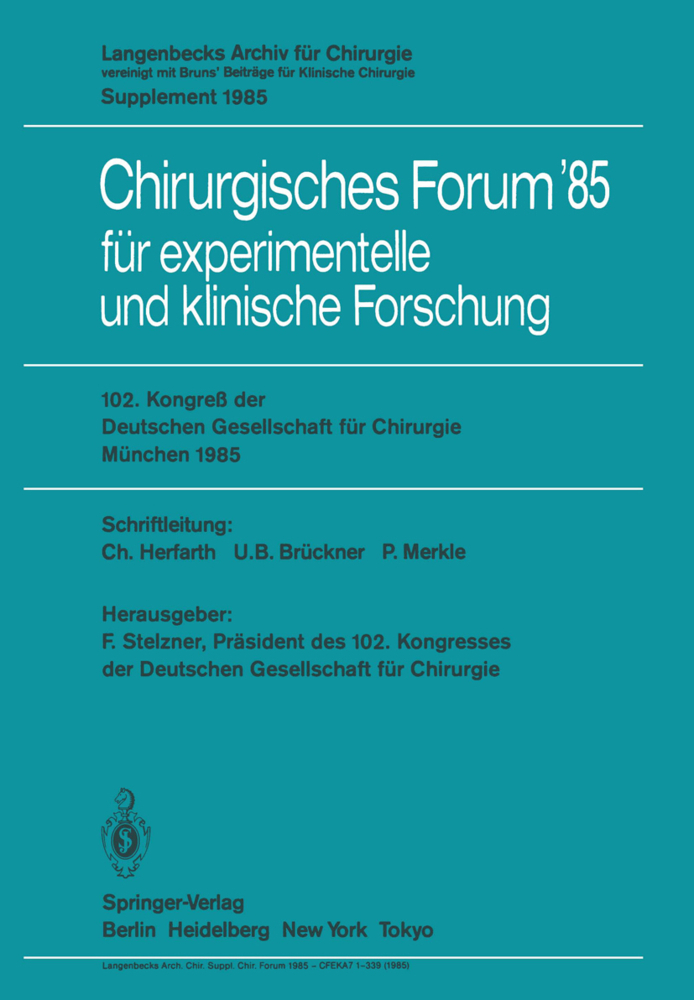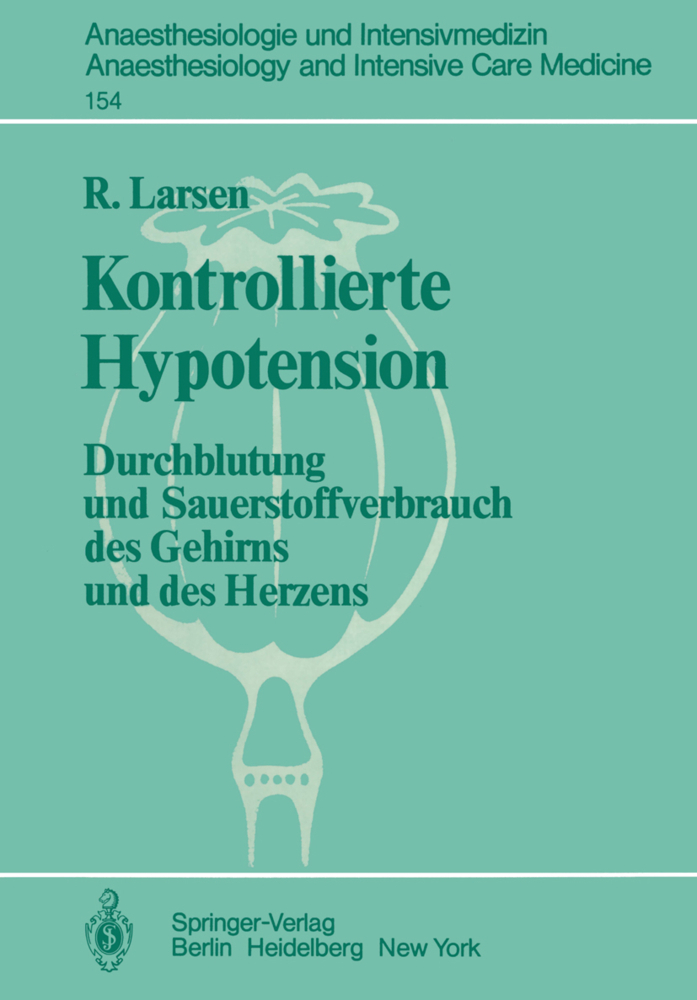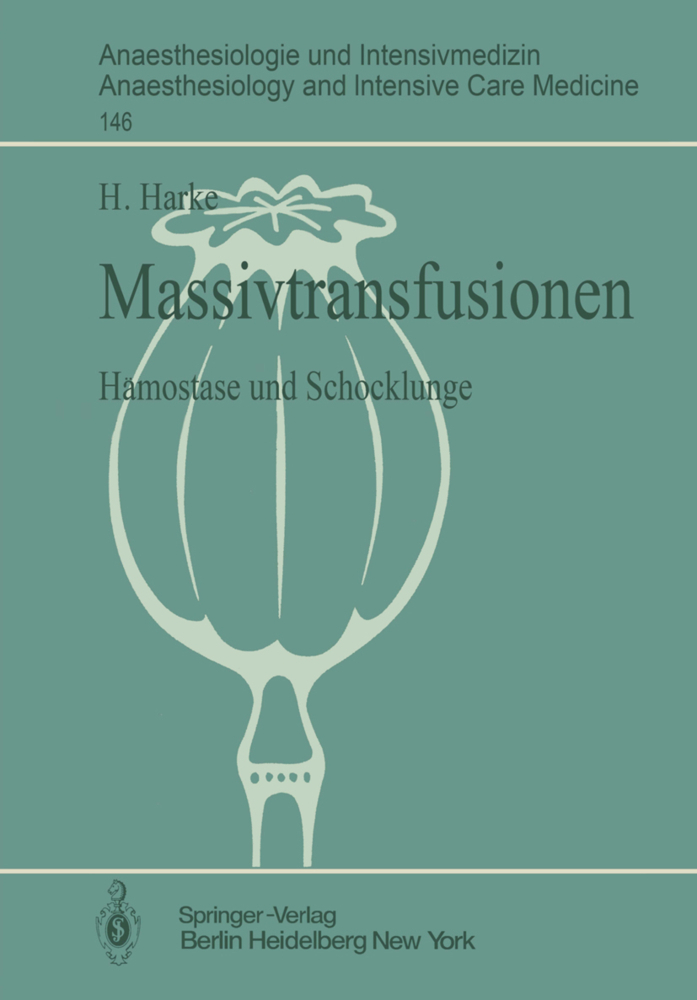Blood Viscosity and Shock
The Role of Hemodilution, Hemoconcentration and Defibrination
Blood Viscosity and Shock
The Role of Hemodilution, Hemoconcentration and Defibrination
The hemodynamic significance of the flow properties of blood was put into perspective only during the past decade. Advances in modern technologies today allow the quantitative analy sis of the fluidity of blood and its components under conditions approximating the flow in vivo, particularly those in the microcirculation. The hematocrit is the most important of the determinants of blood fluidity (reciprocal value of blood viscosity); acute increases in the hematocrit exert deleterious effects on circulation and oxygen transport owing to impaired fluidity of blood. High viscosity of plasma due to hyper- or dysproteinemias initiates the microcirculatory dysfunctions in hyperviscosity syndromes. Furthermore, the fluidity or deformability of red cells might be critically diminished and therefore cause redistribution of blood elements and adversely affect the resistance to flow within the microvessels. In low flow states blood fluidity most likely becomes the key determinant for microvessel perfu sion, overriding the neural and local metabolic control mechanisms operative at physiological conditions to adjust blood supply to tissue demand. Microcirculatory disturbances are there fore encountered whenever driving pressures are reduced, as in shock or hypotension, and distal to stenoses of macrovessels, but also in hemoconcentration due to plasma volume con traction, polycythemia, leukemia, and dysproteinemia. Based on experimental studies exploring the possibilities and limitations, with regard to improving the fluidity of blood by reducing the hematocrit, the concept of intentional hemo dilution has been introduced to clinical medicine.
II Viscosity in Relation to Cardiac Output, Blood Pressure and Peripheral Resistance
III The Clinical Significance of Viscosity
IV Lowering the Viscosity with the Aid of Hemodilution
V Lowering the Viscosity by Means of Defibrination with the Aid of Arvin
VI Viscometry
II Material and Methods
VII Material and Methods
VIII Specific Measuring Methods
III Results
IX Paper I Effects of Reduction in Viscosity by Means of Hemodilution (Dextran 40) and Defibrination (Arvin) Using a Shock Model with Extracorporeal Circulation
X Paper II Effects of Viscosity Reduction by Means of Defibrination (Arvin) and Moderate Hemodilution (0.9% NaCl) in a Shock Model with Intact Animals
XI Paper III Effects of Changes in Viscosity by Means of Defibrination (Arvin) and Changes in Hematocrit (High and Low Ht) Using a Shock Model with Intact Animals
XII Paper IV Integration of Blood Viscosity into a Clinical Concept
XIII Paper V Standardization and Automation of the Measurement of Whole Blood Viscosity
Summary and Conclusions
General Summing-Up.
I Review of the Literature
I Viscosity in GeneralII Viscosity in Relation to Cardiac Output, Blood Pressure and Peripheral Resistance
III The Clinical Significance of Viscosity
IV Lowering the Viscosity with the Aid of Hemodilution
V Lowering the Viscosity by Means of Defibrination with the Aid of Arvin
VI Viscometry
II Material and Methods
VII Material and Methods
VIII Specific Measuring Methods
III Results
IX Paper I Effects of Reduction in Viscosity by Means of Hemodilution (Dextran 40) and Defibrination (Arvin) Using a Shock Model with Extracorporeal Circulation
X Paper II Effects of Viscosity Reduction by Means of Defibrination (Arvin) and Moderate Hemodilution (0.9% NaCl) in a Shock Model with Intact Animals
XI Paper III Effects of Changes in Viscosity by Means of Defibrination (Arvin) and Changes in Hematocrit (High and Low Ht) Using a Shock Model with Intact Animals
XII Paper IV Integration of Blood Viscosity into a Clinical Concept
XIII Paper V Standardization and Automation of the Measurement of Whole Blood Viscosity
Summary and Conclusions
General Summing-Up.
Goslinga, H.
| ISBN | 978-3-540-12620-1 |
|---|---|
| Medientyp | Buch |
| Copyrightjahr | 1984 |
| Verlag | Springer, Berlin |
| Umfang | XXVI, 196 Seiten |
| Sprache | Englisch |

